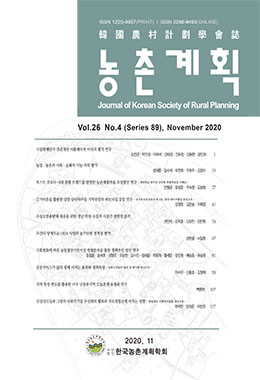This study is an experimental study that examines the policy attributes that local governments should choose to manage the quality of life of rural residents. The analysis data used raw materials for the survey of the welfare status of farmers and fishermen surveyed by the Rural Development Administration. The analysis method used Quantile Regression. The policy attributes of public services were interpreted on the basis of Peterson (1981)’s theory of policy types and the discussion of Holland (2015). According to the analysis results, the higher the quality of life, the greater the importance of the relationship between the safety sector and the neighbors. The effective policy attributes for improving quality of life in rural areas are the policies of local governments where policy benefits can directly go to individuals, or lead to social improvement. It shows that the higher the level of safety and the quality of life of our neighbors, the greater its importance.




